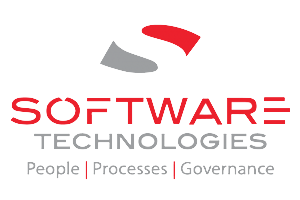Many directors are feeling outmatched by the ferocity of changing technology, emerging risks, and new competitors. Here are four ways to get boards in the game. Today’s boards are getting the message. They have seen how leading digital players are threatening incumbents, and among the directors we work with, roughly […]
